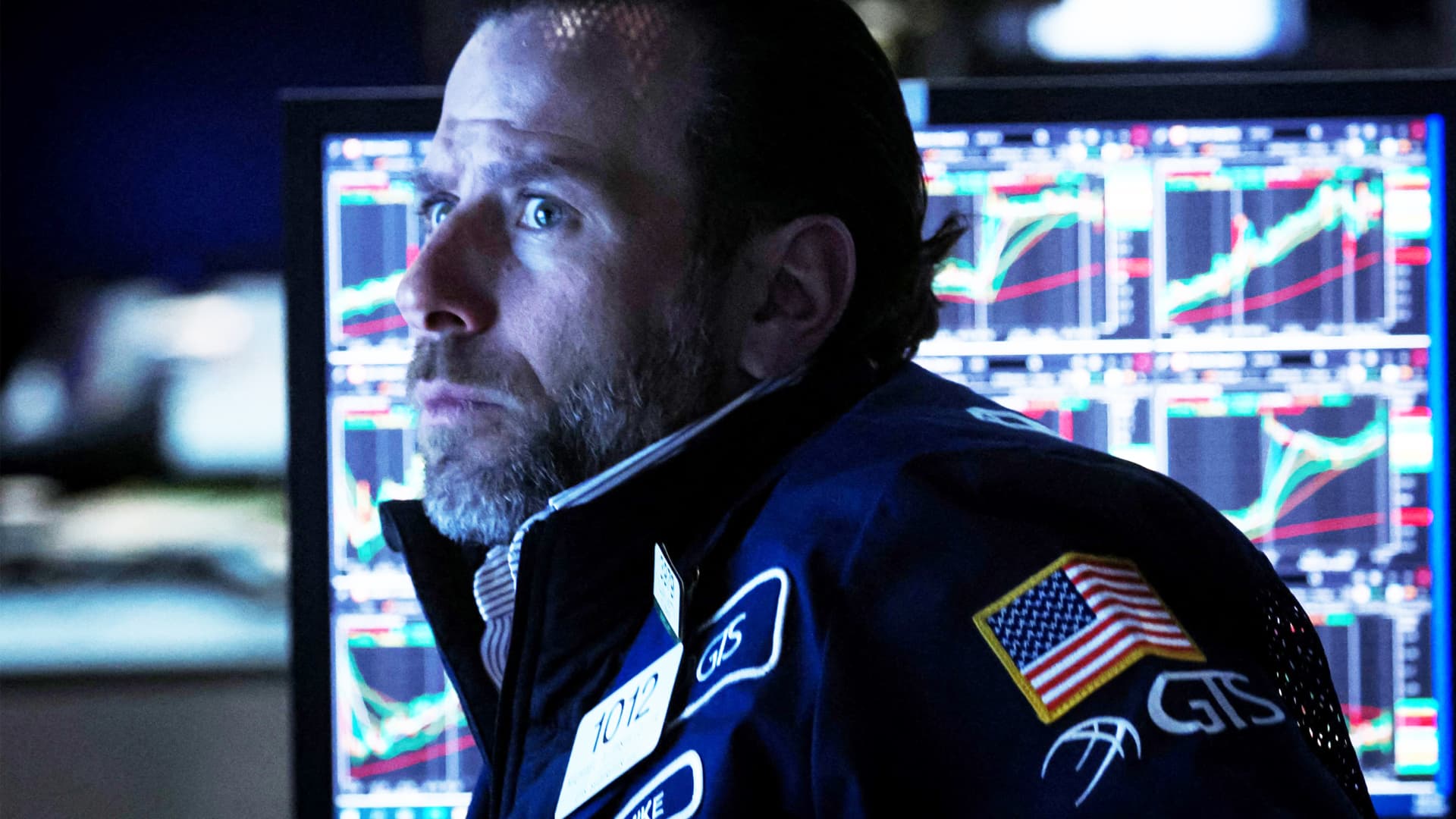For stock investors pondering how to ride out the worst bout of inflation in four decades, don’t worry and stay the course, according to Nick Maggiulli, chief operating officer at Ritholtz Wealth Management.
Prices that consumers pay for everyday items surged a whopping 8.5% in March, the highest levels since the early days of the Reagan administration. Inflation chips away at the real value of investor capital and investments. It could also make company future profits less valuable today and lead to higher interest rates.
However, Maggiulli believes investors would be better off by continually investing over time rather than changing their strategy based on macro pictures. His new book “Just Keep Buying” is a data-driven guide to personal finance and investing.
“You shouldn’t try to time the market because of high inflation or yield curve inversion,” Maggiulli told CNBC. “Trying to time the market is usually a fool’s errand so to speak.”
In fact, higher-than-usual inflation doesn’t make a material impact on equity returns. The median inflation-adjusted return of U.S. stocks over the two years following periods of high inflation was nearly identical to the two-year return following periods of lower inflation (18.5% vs.18.7%, respectively), Maggiulli said.
Still, soaring price pressures became a top-of-mind concern for many notable investors on Wall Street. Baupost Group’s Seth Klarman said previously that inflation poses a “real danger” to the markets. Billionaire hedge fund manager Paul Tudor Jones late last year called inflation the “No. 1 issue facing Main Street investors” and the “single-biggest threat” to financial markets and the economy.
Maggiulli said investing is an effective way to fight back inflation. Indeed, he gave an example in his book of how investing can help offset inflation to preserve and grow wealth.
For instance, from January 1926 to the end of 2020, $1 would have needed to grow to $15 to keep up with inflation. If you had invested $1 in long-term U.S. Treasury bonds in 1926, it would have grown to $200 (13 times greater than inflation) by the end of 2020.
Further, if you had invested $1 in a broad basket of U.S. stocks in 1926, it would have grown to $10,937 (729 times greater than inflation) over the same time period, according to Maggiulli.
